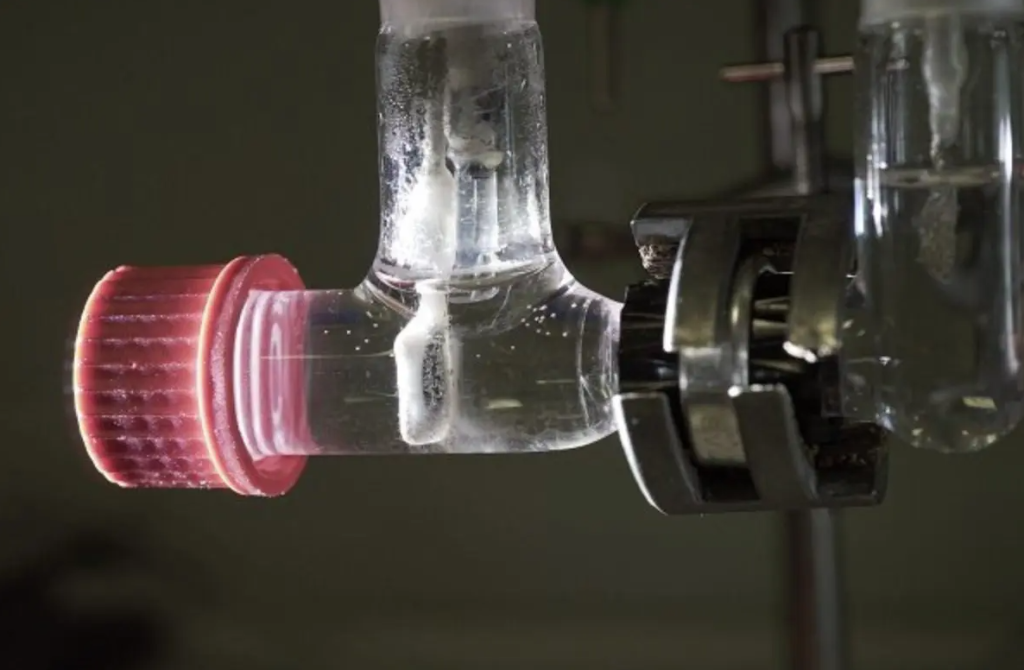Up to 240 hours of continuous work for new underwater solar cells
The new underwater solar cells from the UK are able to produce hydrogen once immersed in water. These are not photovoltaic devices but photogenerators in which the absorption of light directly determines the electrolysis of water. Theoretically, they are nothing new. Over the years, research has developed several photoelectrochemical systems for the production of solar fuels (including green hydrogen). But the stability of light absorbers still limits commercial prospects.
This also applies to bismuth oxyiodide (BiOI), a non-toxic semiconductor with good photoactive properties but easily degradable in water. Scientists from Cambridge University and Imperial College London, however, have found a way to make it an integral part of the new hydrogen economy. But how do these solar cells work? “Bismuth oxyiodide is a fascinating material with energy levels suitable for splitting water,” explains Dr Robert Hoye, a lecturer at the Department of Materials at Imperial College London. “A few years ago, we demonstrated that solar cells in BiOI are more stable than those using perovskites. We wanted to see if we could translate that stability into green hydrogen production”.
What is an underwater solar cell
To create their underwater solar cells, scientists inserted the BiOI between two layers of oxide. Covering everything with a water-repellent graphite paste. The team also found that by increasing the number of light collection areas – called “pixels” – on the device it was possible to achieve higher performance than a single large pixel of the same total size. Once tested, the new cells supported the electrolysis process for 240 hours.
“This is an exciting development”, said Prof. Erwin Reisner, one of the authors of the research. “At the moment, few solar power systems show stability compatible with real-world applications. With this work appears a step forward”. The results have been published in the journal Nature Materials.

